Today's rain, is tomorrow's WHISKEY
Anyone who knows the Netherlands, and especially the province of North Brabant, knows that there are a lot of small villages where agriculture is the largest sector. And in agriculture you can think of many different things. But you probably won't immediately think of WHISKEY. Yet in one of those small villages you can find a whiskey distillery of high quality. In rural Loosbroek, the Whiskey Distillery “DE BUS” is hidden between the agricultural fields. Earlier this week I had the honor to look around there and was very pleasantly surprised.
When you think of whiskey, you probably think of Scotland and Ireland. But did you know that most Whiskey in the world is currently distilled in India? The most expensive and oldest Whiskey comes from Scotland. Earlier this year, a barrel of Whiskey was bottled there that matured for 65 years in the barrel! This barrel ultimately yielded about 4 million euros in total. That as well as a few fun facts that I learned this week.
Now back to BUS WHISKEY
It is the first specialized Whiskey Distillery in the Netherlands, they are among the top 5 in the Netherlands and have won a silver medal at the international London Spirits Competition in London this year. This is a great achievement as that was also their 1st batch of Whiskey. That it immediately promises so highly valued internationally that there is certainly still a lot of good things in store at De Bus Whiskey.
The beginning!
The Whiskey Distillery actually originated more or less by accident in 2015 from completely different business practices. Swine fever started in the Netherlands in 1994 and after that the owner decided to start something completely different. At that time the Heische Hoeve was created. And various other activities have arisen next to the Heische Hoeve.
The Whiskey distillery originated from one of those activities. That was a Cherry Orchard. Traditionally, this area has been known for cherry cultivation. That had long since disappeared and the owner had the idea of bringing the cultivation back to the region. This went well for a number of years, but when things did not go well for a few years due to circumstances, the contract with the supermarket that bought the cherries was terminated, and the following year they were left with a huge surplus of cherries. At that time a kettle was bought and they started making a cherry liqueur. However, the liqueurs are not sold on a regular basis and in 2015 they purchased a large batch of brewer's barley. And with that the first Whiskey has been distilled. That is how Bus Whiskey was created. That is the history very briefly.
At the moment, only Whiskey is distilled at Bus Whiskey and they are a Single Estate Whiskey Distilleries in the Netherlands. Single Estate means that all raw materials come from their own land. Bus Whiskey grows the barley itself, has its own source for the spring water, which is used to dilute the Whiskey. And you don't need more raw materials than this to start distilling Whiskey.
The whiskey production process consists of several steps, namely:
- Malting
- Kilning
- Mashing
- Fermentation
- Distilling
- Maturation
- Bottling
Malting
The 1st step in the whiskey production process
Whiskey making starts with moistening the barley. The barley is soaked in water for 2 to 3 days
It is spread on a malt floor and turned regularly. The temperature is controlled by turning, and the germination that starts slowly can be controlled. This used to be an intensive job because this had to be done manually every 4 hours, and this for 24 hours. Nowadays this is usually done by machine in drum malters. However, there are still distilleries where this is done by hand
Opponents of the old method claim that it is only used to attract visitors to the distillery. Proponents who swear by the traditional method talk about "the only way we can keep the unique taste of our whiskey."
In any case, drying on the malt floor ensures that the barley germinates into malt. This is the actual "malting" or "malting". After a week the barley is ready to be kilned.
Kilning
The 2nd step
To stop the germination process, the barley is now dried. This can be in a drying oven (kiln). But can also be done over an open fire or with hot air. This process, called "kilning" in the whiskey production process, converts the barley into malt.
This kilning gives aroma and color to the malt. Peat is traditionally used in the ovens for firing. That is also the reason for the peaty accent that many whiskeys contain.
Mashing
The 3rd step
The malt is then ground and placed for some time in a large, usually metal tub with warm water (the "mash tun"). In the resulting grain batter, the starch will over time convert to sugars (essential in making alcohol). The resulting liquid is called "wort".
This wort now consists of a sweet knit, containing malt sugar and other fermentable sugars. By stirring regularly, the liquid will seep through small holes, through the bottom of the mash tun, and thus transfer to the "wash backs" (these are actually no more than large fermenters).
The other solid particles (called "draff") remain behind in the "mash tun" and are processed as animal feed.
The fermentation
The 4th step in the whiskey production process
The next important step is to add the yeast to the wort. Here CO2 (carbon dioxide) is released, causing the whole mixture to foam. The sugars present in the wort will be converted into alcohol by adding the yeast.
This result (which is achieved after 2 to 3 days) is achieved in the "wash back" and is therefore called "wash". It has an alcohol content of around 6%.
The wash backs used to be mostly made of wood, but nowadays they are made of metal. Simply because it is more hygienic and easier to maintain
The distillation
The 5th and also most important step in the whiskey production process
Distillation is a fairly simple principle: the intention is to separate the alcohol from the rest of the liquid (the wash) by heating it.
However, a lot of professional knowledge is required to obtain the correct separation of usable and unusable fraction.
Alcohol has a lower boiling point than water, so the alcohol will evaporate faster. The evaporated alcohol is then cooled, starts to condense and is thus collected again. This 1st distillate is called "low wines" and contains more than 20% alcohol. Copper pot kettles, called "wash stills", are used for this. Higher stills give a lighter and finer flavor, while lower stills give a fuller, richer flavor to the spirit.
The low wines are now transferred to the second barrel, the "spirit still". Here the liquid will be distilled for a second time.
The alcohol that is now being transferred consists of:
the beginning of the distillate
- foreshots: these are the lower alcohols that are poisonous.
- the middle cut or also "the heart": this contains ethyl alcohol and is suitable for consumption. The quality of this clear distillate is carefully controlled by the "still man", who uses the "spirit safe".
The middle cut is carefully collected and used for the further process (the maturation).
- aftershots. This is the end of the distillate and consists of aromatic, higher alcohols.
The feints
A small portion of this, called "the feints", is sometimes included in "the middle cut" because it provides aromas and flavor in the whiskey. The rest of the feints are recovered along with the foreshots (back to the spirit still).
The colorless liquid that remains is called "malt spirit" and is actually the young whiskey. This has an alcohol content of about 70 to 80%.
The maturation
The 6th step: this distinguishes whiskey from many other spirits
The middle cut or heart of the distillation is then further cooled and poured into oak barrels. Usually these are barrels (or "casks") previously used by American Bourbon distilleries or in the manufacture of Spanish Sherry. In America, a barrel may only be used once to mature Whiskey. This has nothing to do with the barrel not being good after that. But all with a period in American history when lumberjacks were out of work. Then it was included in the law that 1 barrel may only be used once to mature Whiskey. Doing so has created a continuous source of work for lumberjacks, and has remained so today.The barrels that have been used once in America are therefore reused all over the world. Often they are first shipped to Scotland, checked and repaired, and if necessary roasted again and then sold to whiskey distilleries all over the world.
Before the spirit is pumped into the barrel, the alcohol percentage is reduced to approximately 65%. The distillate must now mature for at least 3 years before it can legally bear the "whiskey" label.
But of course you also have whiskeys that will remain in the barrel for 25 years or more.
The wooden barrels will shape the taste, aroma and other characteristics of the whiskey during this maturing period. This is done through the interplay of the properties of the spirit and the wooden casks.
Wood is a porous material and the barrels are never completely airtight. After all, the air from the environment partially penetrates into the vessels. Temperature, humidity and air quality can vary depending on the storage location.
This ensures that the whiskey is affected by these conditions. If the warehouse (or "warehouse") is located near the sea, the salty sea air and the temperature that prevails there will affect the whiskey.
Angels' Share
During this natural maturation process, about 2% of the whiskey evaporates through the barrel every year. This is called "Angels' Share" or "the Angelic Part".
This 2% is an average for countries such as Scotland, Ireland and the Netherlands.
However, there are countries (think of India or Taiwan) that have to deal with an Angels Share of up to 42%.
This is also the main reason why whiskeys from these countries are much younger than Scottish or Irish.
The climatic conditions play a major role here.
So every year there will be less whiskey left in the barrel. It also makes very old whiskeys more difficult to obtain or a lot more expensive. There is simply less of it ... Each barrel is completely filled, so the fact that you can see on the photo above that the barrel is not full, means that the whiskey in this barrel has been maturing for a number of years. And so the evaporation is also visible.
Bottling
The last step in the whiskey production process is bottling: from barrel to bottle. In the past, people in Scotland simply went to the sellers themselves, with their own bottle, and had it filled directly from the whiskey barrel. This is of course no longer conceivable today.
Bottling is done today by:
by the distillery itself, this is then called an "official bottling"
by an independent party: Independent Bottling.
Bus Whiskey does the bottling itself, so they use an official bottling. Often, during bottling, the alcohol content is further reduced by adding water. This process is called "cutting" (often up to 40.43 or 46%). At Bus Whiskey they use part descaled tap water and part spring water this. This ultimately results in a smoother Whiskey than if they used pure descaled tap water.
One can also decide not to "cut" the whiskey. Then he simply retains his alcohol percentage and one speaks of a whiskey "cask strength" or "cask strength". The alc% is usually around 50 to 60% here, whereby adding some water is recommended.
Finally: once the whiskey is out of the barrel and bottled in the bottle, it does not ripen further. So, a bottle that was put on the barrel in 1992, and bottled in 2014, is a 22-year-old whiskey. And therefore does not age "in the bottle".
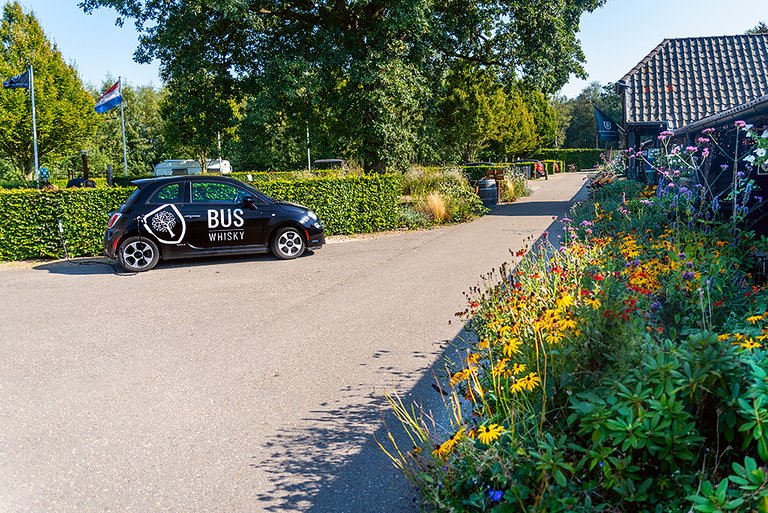

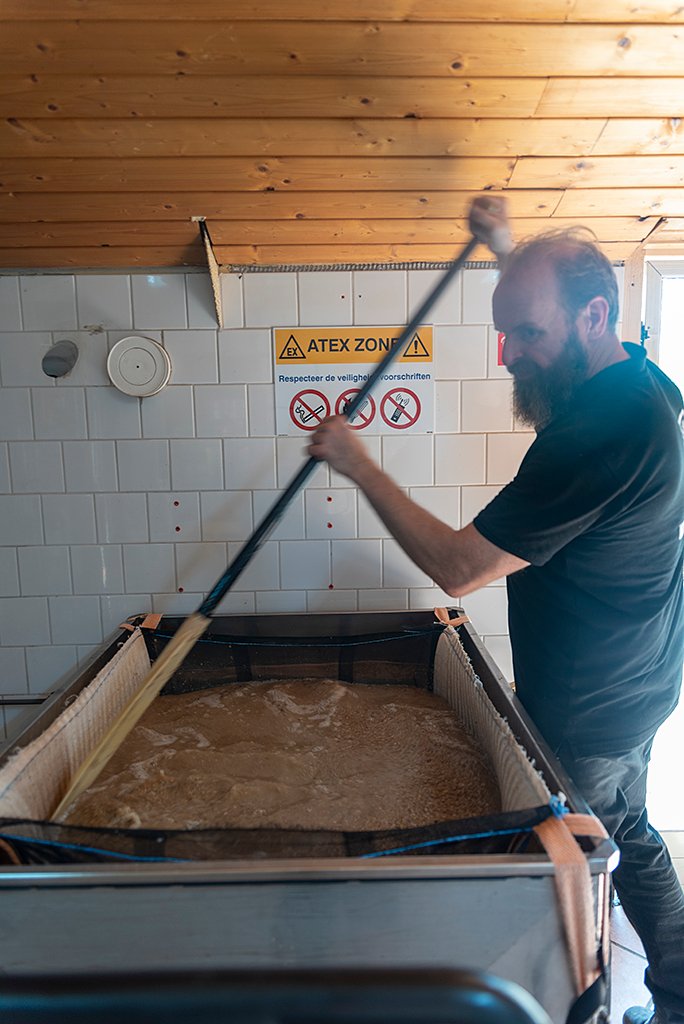
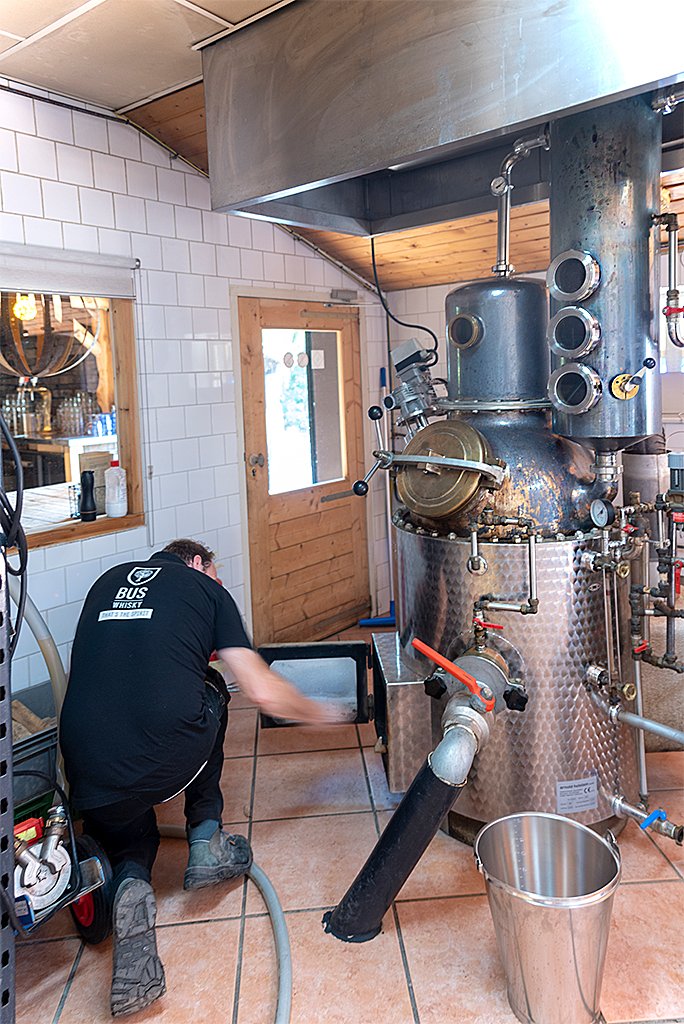
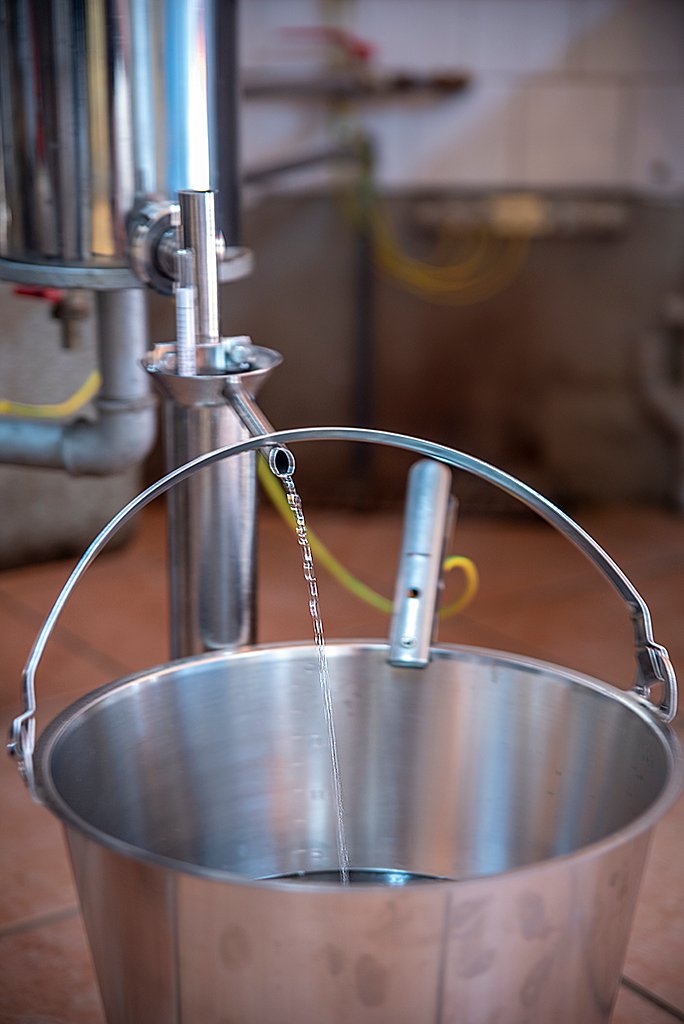
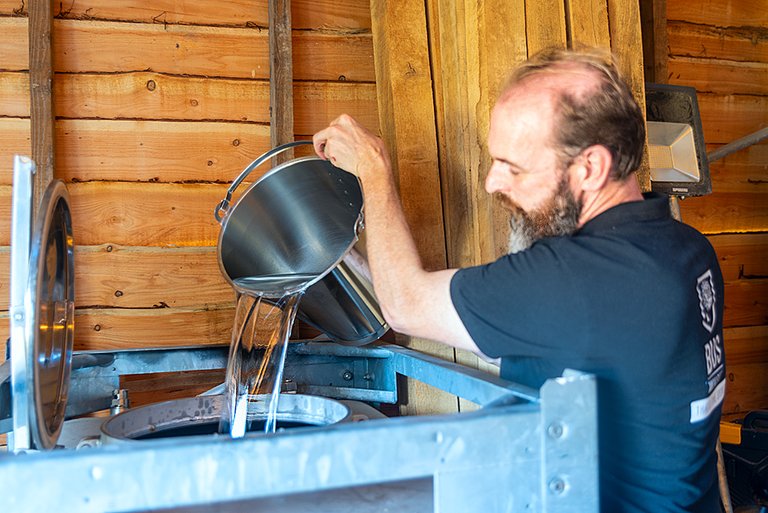

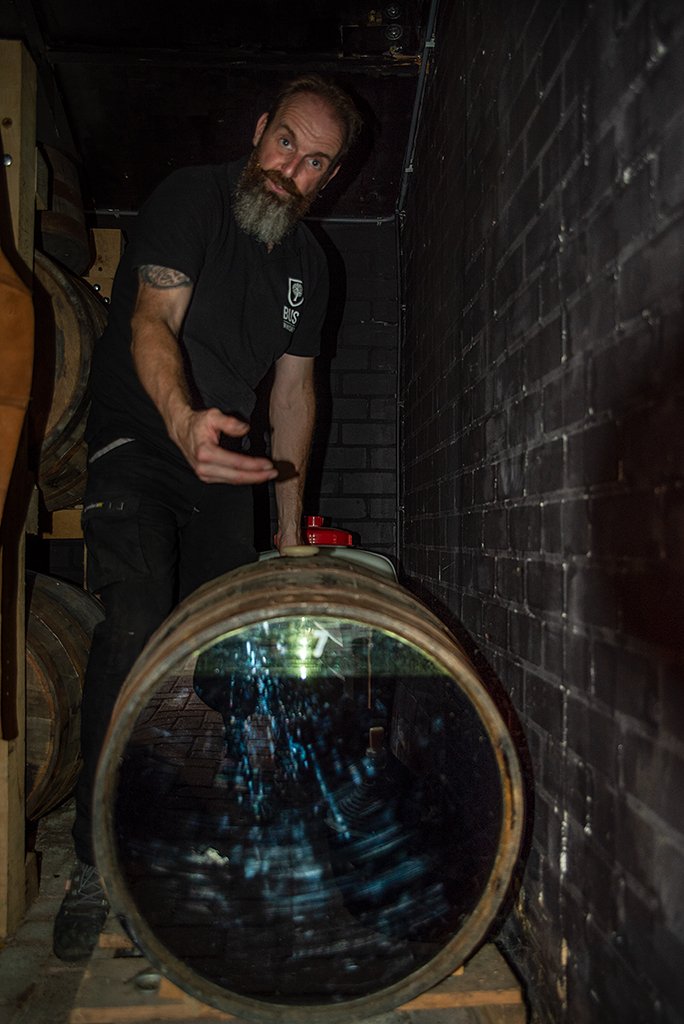
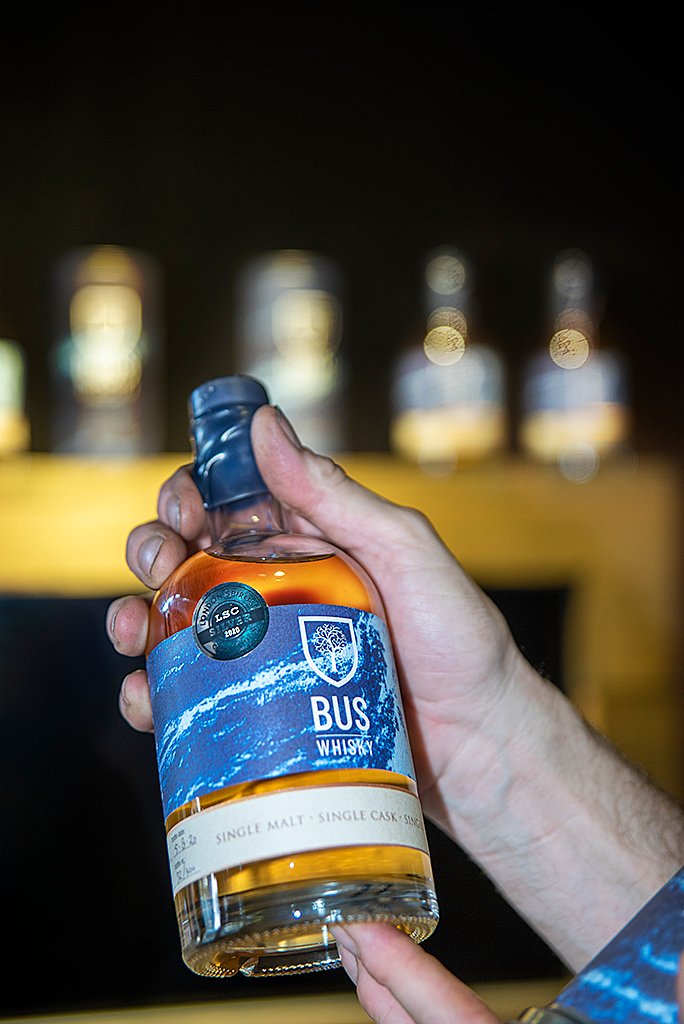
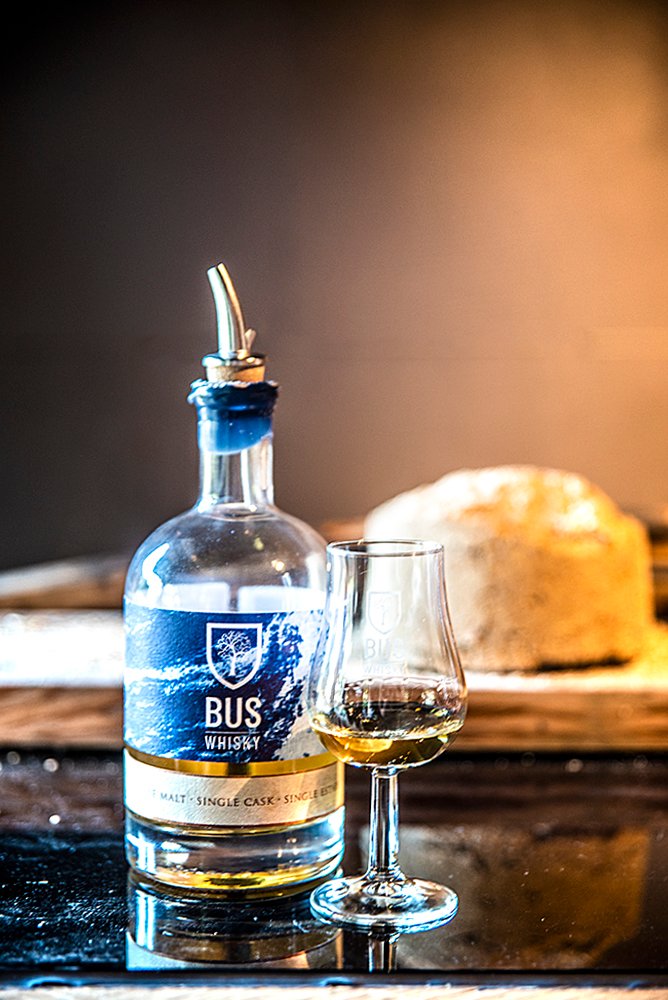
https://twitter.com/ForeverHero7/status/1308421570487033864
Wow this is an epic post, Ireland is well know for it's whiskey and I went to a few distilleries years ago, what an experience. Love all the photos and you done an amazing job explaining the process xxxx
Thank you for your compliments. Yes it was really a very nice experience. I really enjoyed it very much... And the whiskey was really good too. Enjoyed that part of the experience also. Lol.
Thanks for stopping by Aish... Take care.
There is a lot to this, and one outstanding thing about re-used barrels, some Beer makers will use the barrels even in the USA and of course this flavors the beer! Apparently very few do this. It is likely more profitable to sell overseas now. We used to see other items made from whiskey barrels, not so much now!
Due to this law, USA always has a large stock of new barrels, and in Europe and other parts of the world the production of whiskey barrels is not that high at all. So yes, it is certainly more profitable for America to sell them. Here good prices are paid for the barrels. In fact, I think the barrels sold at a considerable profit against the production price.
Thanks for stopping by and leaving a comment. Very much appreciated.
Lots of information there. Hmmmm... so complex!
There are a number of whiskey distilleries here that bottle their own. Next time I know what to ask (like an expert!).
Thanks for the information, it was quite a read!
Yes lots of information and I could have put much more into this ... but then I guess nobody would read it anymore. Lol ...
Thank you for taking the time to read this and leaving a comment, very much appreciated @silversaver888.
And I can definitely recommend taking a tour of a distillery as soon as you feel better. Take care lady!
AMAZING post, You are in my opinion by FAR WAY UP THERE as far as someone who is one of the hands down BEST BLOGGERS/Journalists on here. You also are independent, smart and strong.
This post is amazing and should be on trending, this is literally a DIAMOND, people like us have to write even though we write totally differently your deep dive into this is magazine quality.
It trumps so much drivel on here that just auto circle jerks and is basically the same stuff over and over.
HIVE is lucky to have you as a user.
Axey :)
uv for ROI , yeah some of us women actually invest I know it's a real shocker eh? ;)
Thank you LADY! that's a great compliment coming from you, smart and strong as you are. I think you are one of the smartest, strongest women I know. I'm very happy that there are people who see the quality from this blog. And even more happy to call you my friend!
Amazing read and great photos. Good job.
Thanks for the compliments. Very much appreciated coming from you!
I'm not a connoisseur of Whiskey though I have had the opportunity to try a small variety to educated myself some time ago. I have tried a variety of Rums, where the primary ingredient is Molasses as a byproduct of sugar production.
I very informative article, a lot energy, knowledge and skill goes into crafting a fine Whiskey.
Thanks for Sharing Sister.
I'm not the biggest Whiskey fan myself, but it was very interesting to learn about this product and see how it's made. Yes there sure is a lot of knowledge and skill needed to produce a good Whiskey. As is the same with many things, everybody can do it, but to do it good requires skills and knowledge. And that's not for everybody.
Thank you for taking the time to read and comment. I appreciate it.
Great post, I dislike Whiskey a lot myself, but I enjoyed reading this post. I know you put a lot of effort in this one, and I'm hoping more people will see the value of it ;) Loving the last picture <3
Thanks for your reply ... Yes hope is all we can do in this. I did my job, and I know I did a good job with this post. Now it's up to the community to appreciate it with a vote or not.
Yes, you can never know if someone picks it up. I wish we could, right? :)
I actually followed these steps and ended up making a nice bowl of cereal!
Great post. I am going to have an adult beverage of my choice very shortly. Now I know how it was made. Thanks for sharing.
Very interesting post @hetty-rowan - I found it via Listnerds.
I had no idea that there were whiskey distilleries in Holland - and if you'd asked me to guess which part of Holland would have such distilleries, I'd've guessed the north rather than the south - indeed, I googled it and found that there is the Us Heit distillery up north, which started distilling whiskey in 2007.
Suddenly thinking about... an off-beat whiskey tour of Holland...!
!ALIVE
@hetty-rowan! You Are Alive so I just staked 0.1 $ALIVE to your account on behalf of @hirohurl. (3/10)
The tip has been paid for by the We Are Alive Tribe through the earnings on @alive.chat, feel free to swing by our daily chat any time you want.

BTW - you can use https://www.pinmapple.com/ to pin your location-based Hive posts and attract more readers. ;)
!BEER
View or trade
BEER.Hey @hetty-rowan, here is a little bit of
BEERfrom @fiberfrau for you. Enjoy it!Do you want to win SOME BEER together with your friends and draw the
BEERKING.